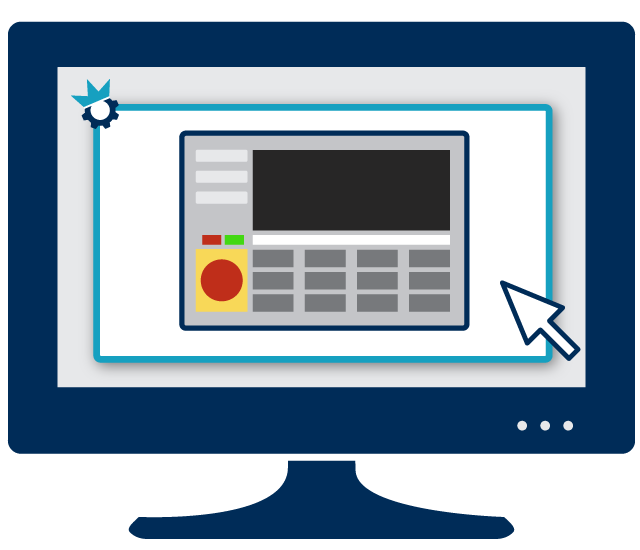Soft PLC for Control System Development

Having the GPOS is important because it makes the whole software control more friendly and usable and eases integration – just more open. By contrast having a hardware PLC system which is unable to load third party software can work just fine because the scope of the task was well known and does not change much.
However, that all has now changed with Industry 4.0. Control systems must offer far more flexibility and openness to address the unknown demands of the new manufacturing world that requires more flexibility. Machine Automation Software for machine controllers is answering the call. With increasing frequency, manufacturing firms are selecting PC-based software PLCs (sometimes referred to as Soft PLC) or PC controls because they can execute on a PC and also support 3rd party software like Internet of Things (IoT). Even hardware PLC manufacturers like Mitsubishi and Siemens are feeling so much pressure and see the handwriting on the wall, that they have recently announced that they will be augmenting their hardware PLCs with PC-based soft PLCs and PC control solutions.
This was shift to PC-based machine automation is due to the numerous benefits open PC controllers offer versus closed hardware solutions. Such benefits include lower costs, better integrability, scalability and flexibility. This rapid shift to soft PLC and PC-based controls can be attributed to other features too.
PC controls offer benefits that include; the speedy communication between the equipment and control programming. This makes the system faster and ultimately cheaper due to lesser time being utilized. Also, PC controls support numerous programming languages (C++, .NET, C#, PLC, LabView, QT and many more) and they are not tied to any single hardware platform.
The soft PLC PC-based controllers are highly durable, and they are hardened industrially to cope any changes in the technological environment and any new window updates. As a result, this cuts down costs on the users that they might have incurred in upgrading the controls and looking for experts to help them update their window versions in order to be compatible with the new developments. Soft PLC hardly fail, and they are long lasting owing to their lifecycle of about 20 years. In addition, the soft PLC are known by many engineers. This makes it easy for the users to obtain help both in programming and in maintaining the system. The use of PLC is also made easier by their manufacturers who focus on developing hardware that is easy to integrate with the PLCs. Since most of the hardware is branded and designed specifically for the PLC users, it also come along with many built in features.
